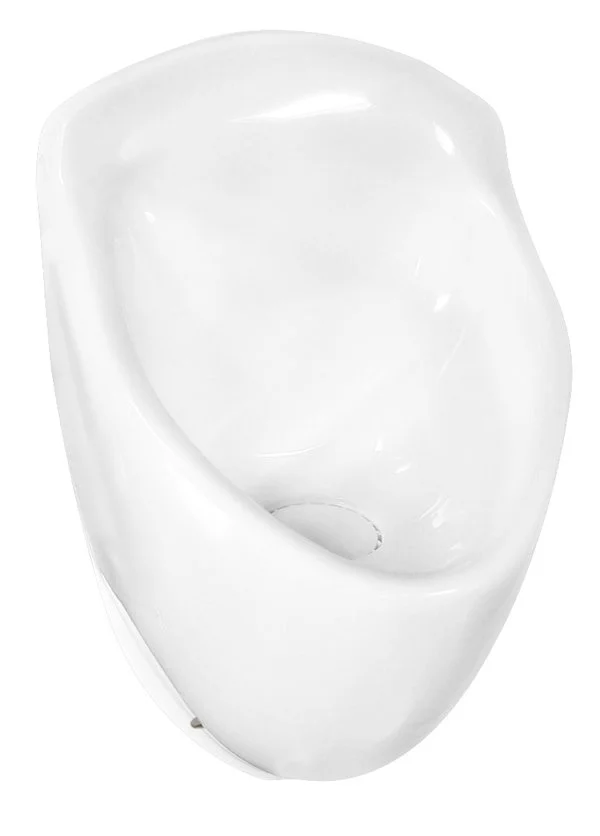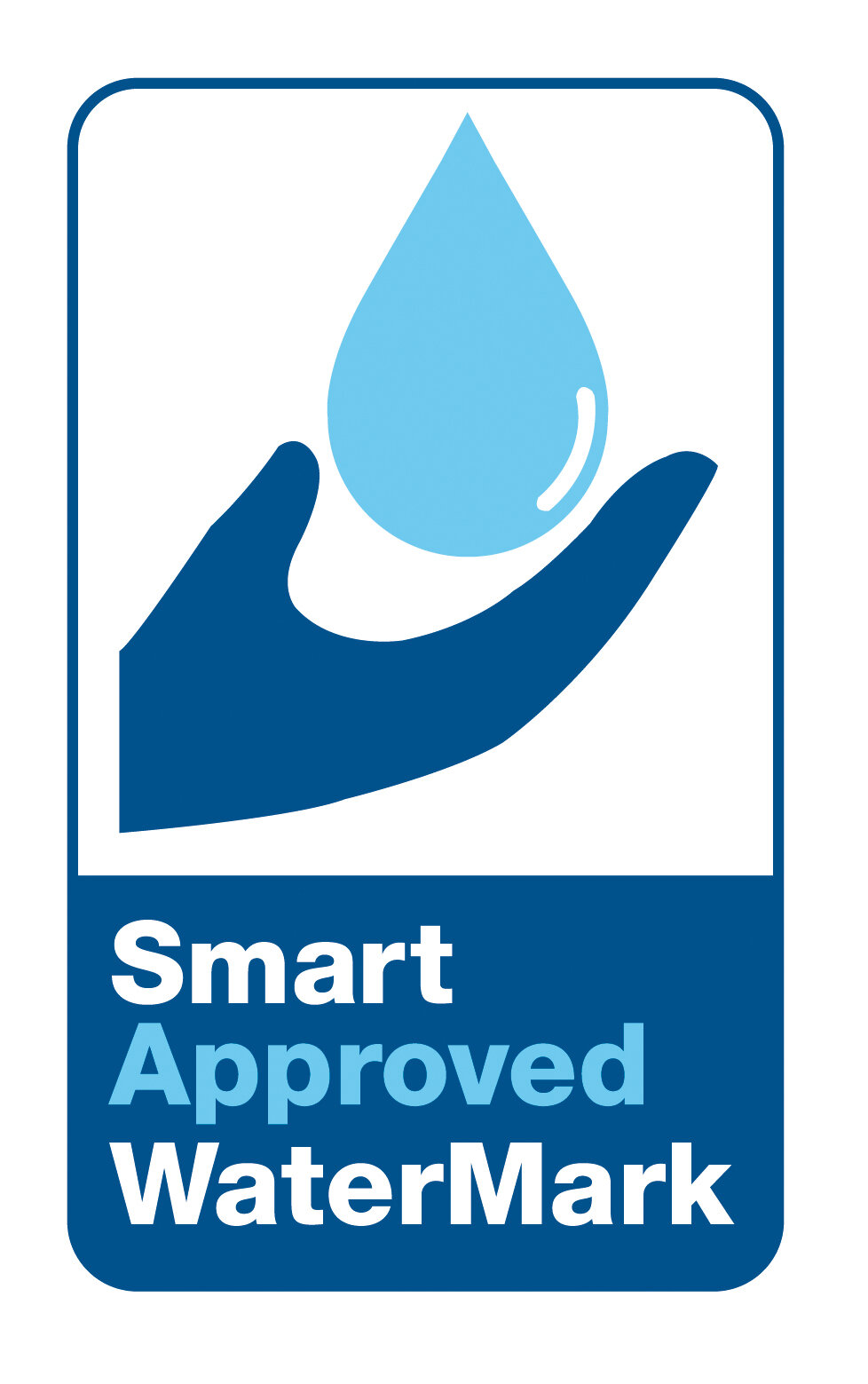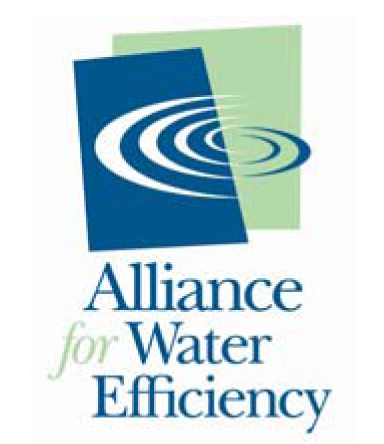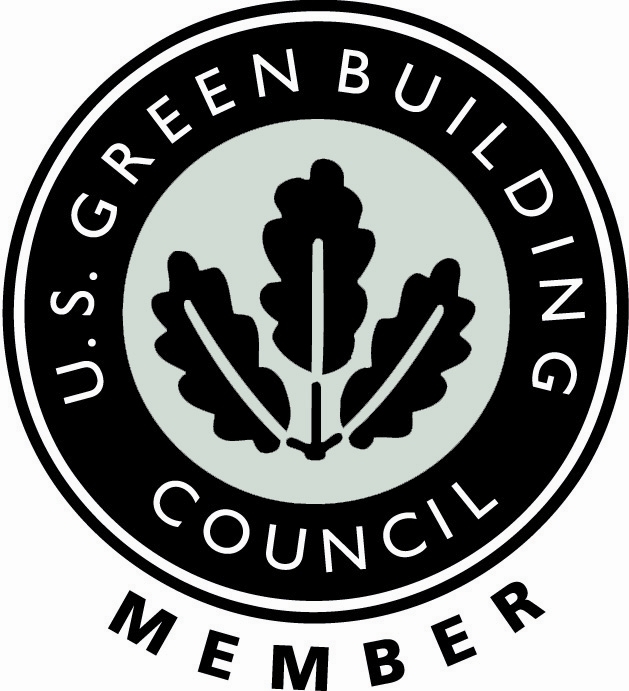A Clog Free Waterless Urinal
Conventional urinals and waterless urinals, like the one above, are both built to last for years, even decades. However, that's where their similarities end. Water-using urinals – conventional urinals - often develop problems over time, so much so that some schools, restaurants, and bars consider their maintenance one of their biggest restroom challenges.
Common Problems with Conventional Urinals
While many issues involve the flush system, clogging is a frequent problem with conventional urinals. Typically, the clogs are due to:
Debris or soil entering the urinal.
Uric scale, also known as uric acid buildup. Hard crystals form, creating a breeding ground for bacteria that eventually lead to clogs.
Infrequent or absent flushing, which allows soil to accumulate.
Preventing Clogs: Warning Signs
Fortunately, conventional urinals usually show signs before a complete clog develops. Look out for:
Slow drainage: If water takes a long time to flow down the urinal, a clog is likely forming. This applies to all water-using fixtures; a slow-draining faucet, for example, signals a developing clog.
Stationary water: Sometimes, after flushing, the water at the base of the urinal doesn't seem to move. It's usually draining, but so slowly that it's unnoticeable.
Gurgling or bubbling sounds: These sounds indicate the urinal is struggling. They occur as gravity forces water past a partial obstruction in the drain.
Overflowing urinal: This is the most serious sign of a clog. When flushed, water overflows from the urinal bowl instead of draining.
Solutions for Clogged Urinals
Most urinal clogs can be resolved in-house, saving you the expense of a plumber. Here's what you can do:
Remove any debris from the base of the urinal and any urinal drain pads.
Use a traditional rubber plunger. Apply continuous, firm pressure a few times to clear minor clogs.
If plunging doesn't work, try a DIY drain auger (snake). These are generally easy to use after reading the instructions.
While many professionals advise against it, urinal-specific chemical cleaners or enzymatic solutions can dissolve clogs. Be aware that these can also corrode pipes.
If none of these options work, it's time to call a professional plumber. Persistent clogs suggest a more serious issue, such as an obstruction deeper in the pipes or even in the sewage system, which only a professional can handle.
Why Waterless Urinals Are an Alternative
We’d like to say one reason building managers select waterless urinals is because of their reputation for rarely clogging. This may be true in bars and restaurants however, the primary reasons managers select waterless urinals are the significant savings in water, installation and utility costs.
But at least you know there is another alternative to frequently clogging drains.
Klaus Reichardt, founder and CEO of Waterless Co. LLC in Vista, California, is a recognized authority on water conservation. Since 1991, he has led the company to innovate plumbing products like the Waterless No-Flush urinal, which operates entirely without water.
To contract Klaus, click here










